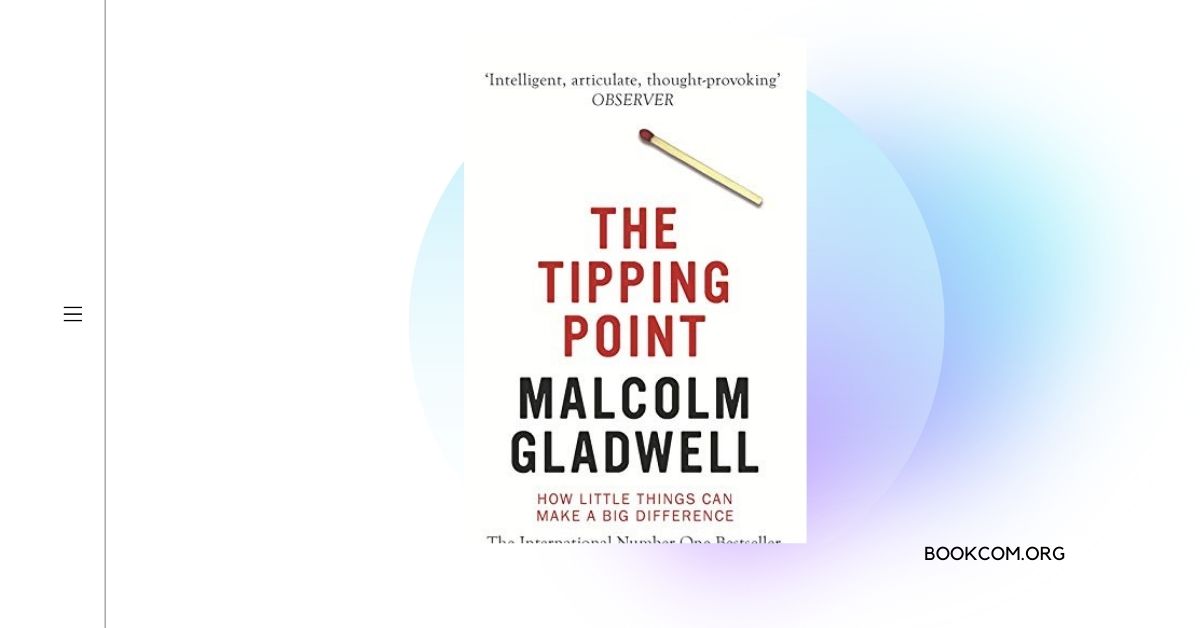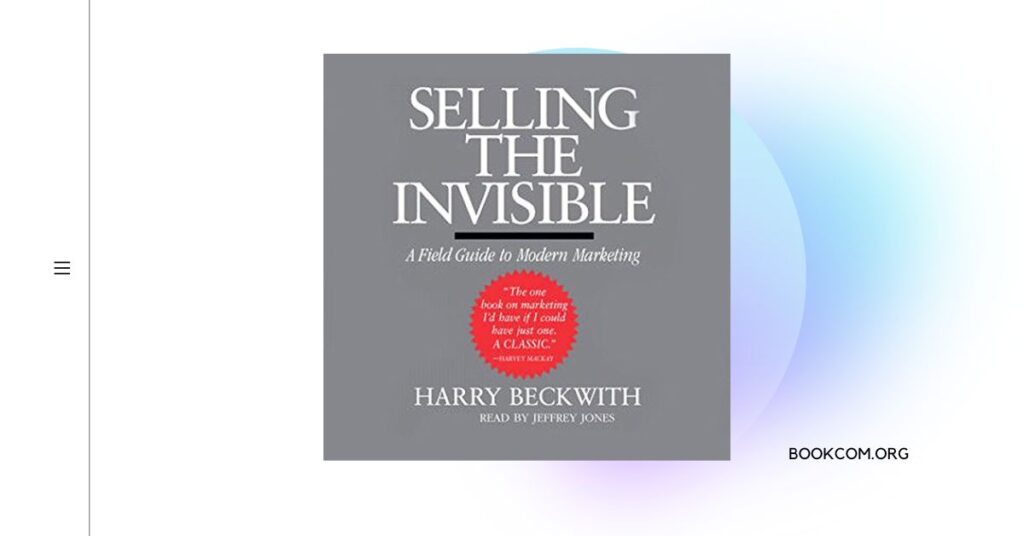“The Tipping Point” by Malcolm Gladwell is a thought-provoking book that explores the phenomenon of how ideas, trends, and behaviors reach a critical point and spread rapidly, creating significant social change. Gladwell examines various factors that contribute to this tipping point and provides insightful analysis based on real-world examples.
Key Themes
The Power of Context: The book highlights the significance of the environment and context in shaping human behavior. Gladwell explores how small changes in the context can have a significant impact on influencing the adoption of ideas or the spread of trends.
The Role of Connectors, Mavens, and Salesmen: Gladwell introduces the concept of key individuals who play pivotal roles in disseminating information and driving social change. He identifies connectors, mavens, and salesmen as influential archetypes who possess unique qualities and networks that help tip ideas and trends.
The Stickiness Factor: The book explores the concept of the stickiness factor, referring to the attributes that make ideas or messages memorable and resonate with people. Gladwell analyzes various examples to understand what makes certain messages or products highly influential and capable of tipping a trend.
Notable Concepts
The Law of the Few: Gladwell presents the idea that a select group of influential individuals can disproportionately impact the spread of ideas or trends. These individuals, known as connectors, mavens, and salesmen, possess specific characteristics and networks that enable them to drive social change.
The Power of Context: Gladwell explores the influence of the environment and context on human behavior. He illustrates how small changes in the context can lead to significant shifts in societal norms, contributing to the tipping point of an idea or trend.
Actionable Insights
Identify and Leverage Key Influencers: Recognize the power of connectors, mavens, and salesmen in spreading ideas or trends. Identify individuals with large networks, deep knowledge, or persuasive abilities and engage with them to amplify the impact of your message or initiative.
Pay Attention to the Context: Understand the influence of the environment and context in shaping behavior. Consider how small changes in the context can create a ripple effect and influence the adoption of ideas or behaviors.
Create Stickiness in your Message: Craft messages or products that are memorable and resonate with people. Focus on creating an emotional connection, utilizing storytelling techniques, and delivering your message in a way that grabs attention and stays with the audience.
Also read:
Book Review: “The Tipping Point” by Malcolm Gladwell
For More Information about the book, you can visit:



